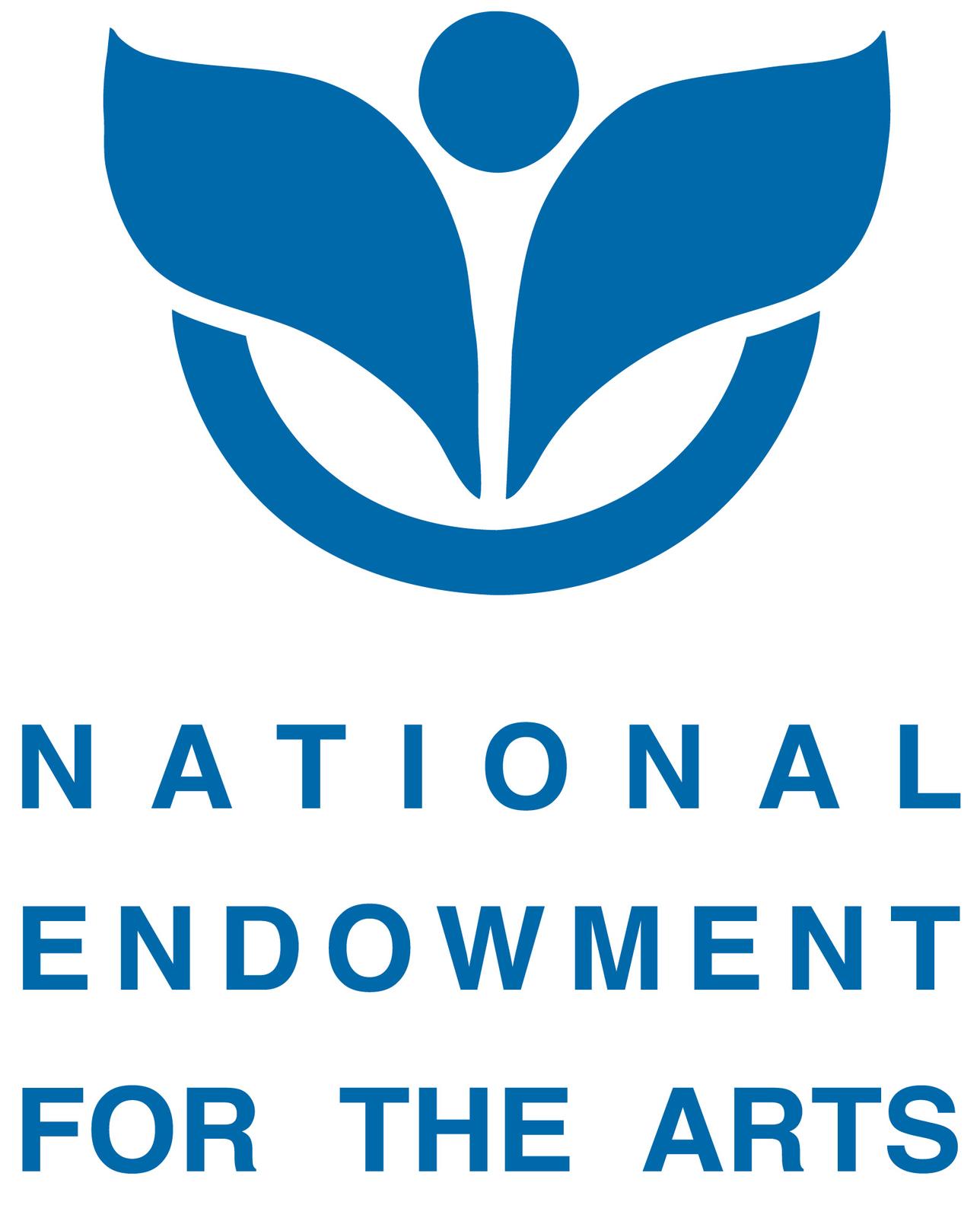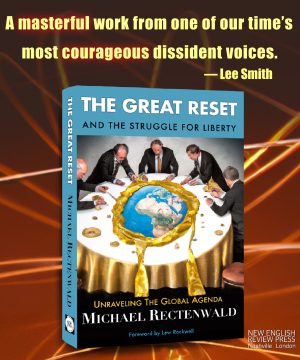by Michael Curtis

Why should the U.S. Federal Government subsidize the arts? Does it or should it divert public funds from military or security concerns to support ballet? Art and culture are not universal tastes or necessities as are health care or education, but often, and perhaps usually, a minority interest.
Understandably, the majority may not want to subsidize minority interest or taste. Since we live, at least in democratic societies, where art and culture do not, as in medieval times, or the court of Louis XIV. or in Stalin’s Soviet Union, glorify a particular ruler, or a political system, or religious belief, funding must come from secular sources, private or governmental.
Some U.S. Presidents have thought the arts were important and worth subsidizing. George Washington in 1788 remarked that “The arts and sciences are essential to the prosperity of the state and to the ornament and happiness of human life.” Franklin Roosevelt, during the Great Depression, set up an arts unit of the Works Progress Administration that would employ more than 40,000 participants.
Lyndon Johnson signed the act setting up the National Endowment for the Arts (NEA), as well as the National Endowment for the Humanities (NEH)in 1965 to promote the creative capacities of citizens. The act reads, ” art is a nation’s most precious heritage, for it is in our works of art that we reveal to ourselves and to others, the inner vision which guide us as a nation.” Where there is no vision. the people perish. In the U.S. support for the arts is not tied to a particular political party. Though some were surprised, President Richard Nixon increased funding for the arts.
Now, President Donald Trump is imitating President Ronald Reagan who in 1981 thought of ending the cultural agencies, the NEA and NEH, that were created as independent federal agencies. Reagan’s close friend Charlton Heston persuaded Reagan not to do so. Trump has proposed ending them to save money, but so far no Hollywood superstar has appeared to argue against the proposal.
Many economists agree that the US federal budget should be reduced or not increased, but if this is to be done the crucial problem is how the reduction is to take place. Almost all activity in sectors of the U.S. economy, agriculture, manufacturing, communications, receives some form of subsidy. Why not the arts though some of the individuals and groups receive direct income through public attendance and support? Funding from other sources is at the heart of the issue.
The facts are clear that US federal subsidies of arts and cultural programs is only a small part of the overall budget. In 2016 NEA got $147 million, .004% of the federal budget. In 2015 its budget was $146 million. That small amount was used to award 2,300 grants, and studies prove that it generated more than that $60 billion in income and thousands of jobs to the economy.
The NEA is the only funder that provides funding in all the 50 states.
More than 80 % is distributed in grants and awards to organizations and individuals. About 40% of the budget for grants is given directly to the arts agencies of the states and regions to distribute. The other 60% goes to individuals and organizations that apply for grants. The majority of direct grants, about 65%, go to small and medium sized organizations, often providing the life blood to those organizations; large organizations get 35% of grant awards.
NEA reports reveal that 40% of activities and supports take place in high poverty neighborhoods, and 36% of grants go to organizations that reach populations that it considers under-served populations, such as people with disabilities and veterans, and inhabitants of rural areas without museums or orchestras. The individual states usually provide matching funding in these areas, but the state governments won’t step in to make up the difference. Furthermore, the matches will dry up without the incentive of federal funding.
NEA sponsoring is wide spread: more than 5,000 artists, creative writing, literary fellowships, concerts, festivals, tours of symphony orchestras, broadcasts of opera, theater productions, chamber music ensembles, four jazz masters a year who have included Miles Davis, Ella Fitzgerald, and Sonny Rollins, and hundreds of exhibits of works by contemporary visual artists in museums and other public spaces .
A number of arguments are advanced to eliminate or minimize US Federal funding.
One opposition to federal funding is focused on the argument that the grants given to the organizations are given more to wealthier people and for minority tastes than to the poorer part of the community and those with more popular preferences, but the statistics quoted above suggest this is overstated.
A second argument is that funding is bad for the recipients themselves. It is based on the view that the arts exist in a free society and organizations and individuals should compete in the public sphere to gain funding and be successful. But it is illogical given the fact that the federal government subsidizes other segments of the economy.
In 1821 Percy Shelley wrote A Defense of Poetry, declaiming that poets are the unacknowledged legislators of the world, that they establish the legal norms in a civil society and are basic to the moral and social function of society. Few today would advocate government funding for the arts in such grandiose fashion, but more mundane defenses are appropriate.
Representative Leonard Lance (R-NJ) co-chair of the Congressional Arts Caucus argues that the arts organizations create jobs in construction, tourism, restaurants, bars, and hotels. Others have argued that funding has a multiplier effect by contributing to the economy. Former Senator Harry Reid (D-Nev) spoke against proposals to cut the arts budget because it would mean the end of the annual cowboy poetry festival that draws thousands of people to his home state of Nevada.
A frequent argument is that arts provide vital services to youth, improve the quality of life, and enrich and unify society. One study showed that theater in schools increases youngster’s capacity to communicate and to learn. and to be more tolerant.
Positive opinions differ on whether art elevates or entertains, or is provocative. Either way the case for continued US governmental funding is strong.
- Like
- Digg
- Del
- Tumblr
- VKontakte
- Buffer
- Love This
- Odnoklassniki
- Meneame
- Blogger
- Amazon
- Yahoo Mail
- Gmail
- AOL
- Newsvine
- HackerNews
- Evernote
- MySpace
- Mail.ru
- Viadeo
- Line
- Comments
- Yummly
- SMS
- Viber
- Telegram
- Subscribe
- Skype
- Facebook Messenger
- Kakao
- LiveJournal
- Yammer
- Edgar
- Fintel
- Mix
- Instapaper
- Copy Link









One Response
In SW Virginia we will support funding for NEA-NEH only as a tradeoff for enacting legislation making the first day of deer season a national holiday.